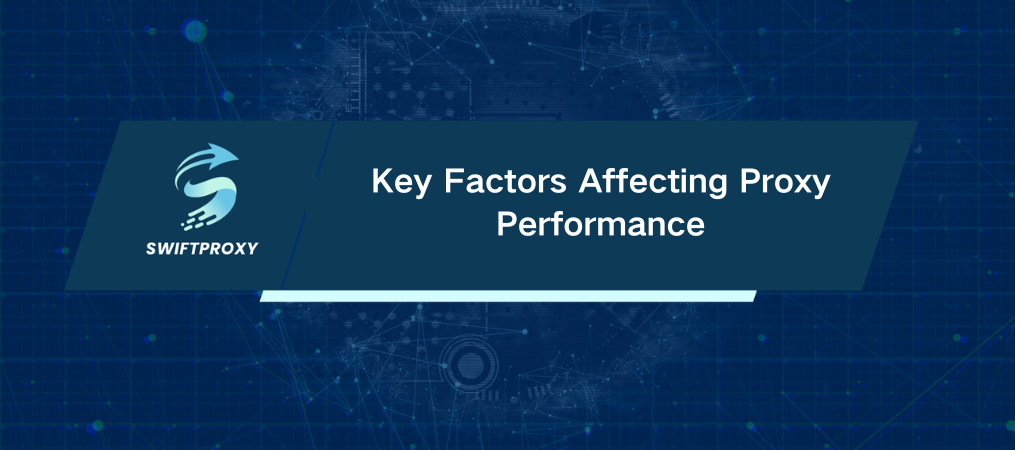Key Factors Affecting Proxy Performance

The speed of your proxy server can significantly impact your online experience. In an environment where every millisecond matters, understanding the factors that affect proxy operation speed is essential. Whether you're accessing content, scraping data, or enhancing privacy, slow proxies can lead to frustration. Let's explore the critical elements that influence proxy speed and how you can optimize your setup for improved performance.
Factors for Bandwidth and Latency
First, consider bandwidth. This is the capacity for data transfer between the proxy server and the target server. Higher bandwidth typically results in faster transmission speeds. However, latency, or the delay before data begins to transfer, is also crucial. Lower latency means quicker responses. When selecting a proxy, evaluate both factors. If you're in an area with high latency, investing in a server closer to your location can provide noticeable speed improvements.
Assessing Proxy Server Performance
Next, examine the performance and load of the proxy server itself. High-performance proxies feature powerful hardware and robust processing capabilities, allowing for swifter handling of user requests. However, overload can occur when a server receives too many requests, causing its speed to decline. Regularly assess your server's performance and choose one with the capacity to manage your demands, especially during peak usage times.
Impact of Proxy Protocols on Speed
The choice of proxy protocol and encryption algorithm also impacts speed. Different protocols come with varying processing requirements. Some may enhance security at the expense of speed. It is important to strike a balance based on your needs. If speed is a priority, you may need to compromise on certain security features. Seek solutions that provide both solid performance and adequate protection.
Geographic Factors in Server Proximity
Location is another critical factor. The distance between you and the proxy server directly affects speed. A server that is geographically closer usually results in lower latency and faster data transmission. If you frequently access specific content, consider using a proxy server located nearby. This simple change can lead to substantial speed improvements.
Network Congestion and Restrictions
Network congestion presents another challenge. When too many users occupy a network, speeds can drop significantly. Additionally, be aware of access restrictions imposed by certain websites. These limitations can throttle bandwidth and slow connections. A reliable proxy service can help navigate these issues, but monitoring your network traffic is essential to avoid slowdowns during peak periods.
Setting Up Proxy Parameters
Finally, proxy settings and configuration play a vital role in performance. Effective setup can greatly enhance speed. For example, optimizing cache settings or adjusting the connection pool can yield faster responses. Properly configuring timeout settings can also prevent unnecessary delays. Take the time to fine-tune these settings for your specific use case, as it can result in improved speed and efficiency.
Conclusion
In summary, the speed of proxy operations relies on several key factors: network bandwidth and latency, server performance and load, chosen protocols and encryption methods, geographical proximity, network congestion, and configuration settings. By optimizing these elements, you can enhance proxy speed and improve your overall online experience.
When selecting a proxy service, consider these factors carefully. Making an informed choice will help you find a service that meets your needs effectively.

















































